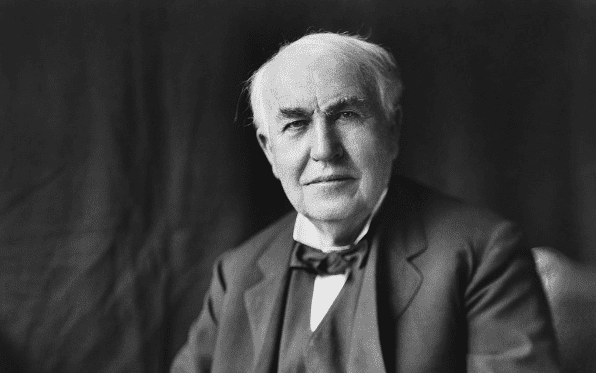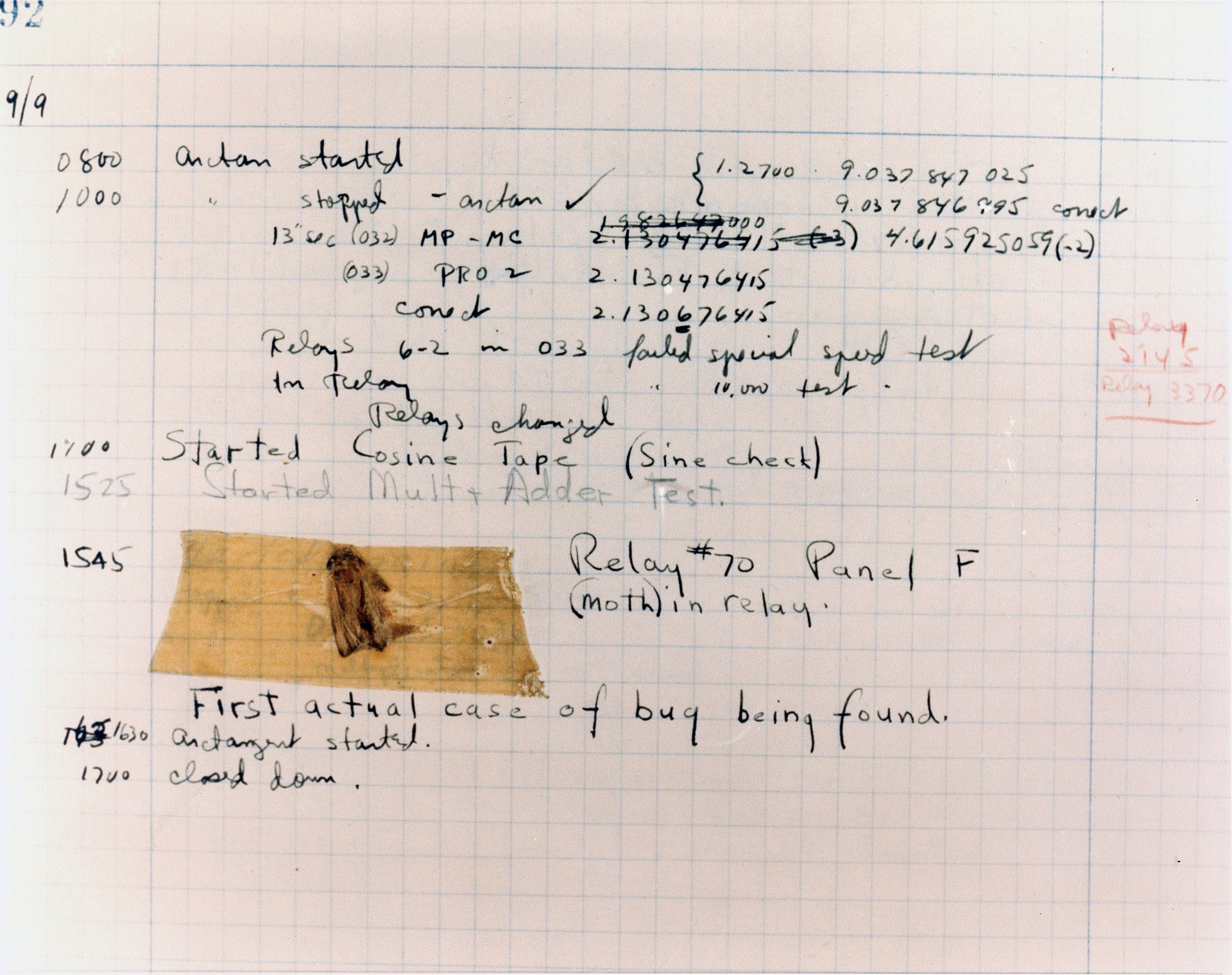Trending Now
Did you ever wonder where the term “computer bug” came from? I’m not sure I ever have, but if I did, I don’t think I would have believed anyone who tried to tell me it was due to an actual critter in a computer!
It turns out though that’s probably not what inspired the term, the story is definitely interesting enough to share.

Image Credit: iStock
The truth of what kind of bug it might have been has been lost to folklore, though legends say it was a squashed moth – and like all legends, there does appear to be some truth in it somewhere.
According to scholar Fred R. Shapiro, on September 9, 1945 (or maybe 1947), Harvard engineers were working on the Mark II, or Aiken Relay Calculator, which was being tested for the US Navy.
Grace Hopper was one of those engineers – and ended up being an exceptional rear admiral who now has a ship named after them – and she and the others noticed the calculator was glitching.
After looking at the hardware, they found an expired moth had become sandwiched between relay 70 and panel F.
They removed the moth and Hopper placed it in the day’s log sheet with some tape and the notation “First actual case of a bug being found.”
The log book was found in 1988 at the Naval Surface Warfare Center Computer Museum in Virginia, the moth still taped to the sheet – so that part of the story, at least, would seem to be true.
Some interpretations of the story suggest the term “computer bug” was derived directly from this incident, but that’s not the case.
Thomas Edison actually used the term “bug” as early as 1878 in a letter to fellow inventor Theodore Puskas.

Image Credit: Public Domain
“Bugs – as such little faults and difficulties are called – show themselves and months of intense watching, study, and labor are requisite before commercial success or failure is certainly reached.”
In addition, the Supplement to the Oxford English Dictionary defined the noun “bug” as “a defect or fault in a machine, plan or the like” with reference to an 1889 newspaper article also referencing Thomas Edison.
“Mr. Edison…had been up the two previous nights discovering a ‘bug’ in his phonograph – and expression for solving a difficulty, and implying that some imaginary insect had secreted itself inside and is causing all the trouble.”
It’s also difficult to say, of course, whether or not the Mark II incident was the first case of an actual bug causing a “bug” in a system, though since computers were still quite new in the 1940s, it’s certainly possible.
The moth story is still a good one, though, which is why it will continue to be told – but now you know the truth!







